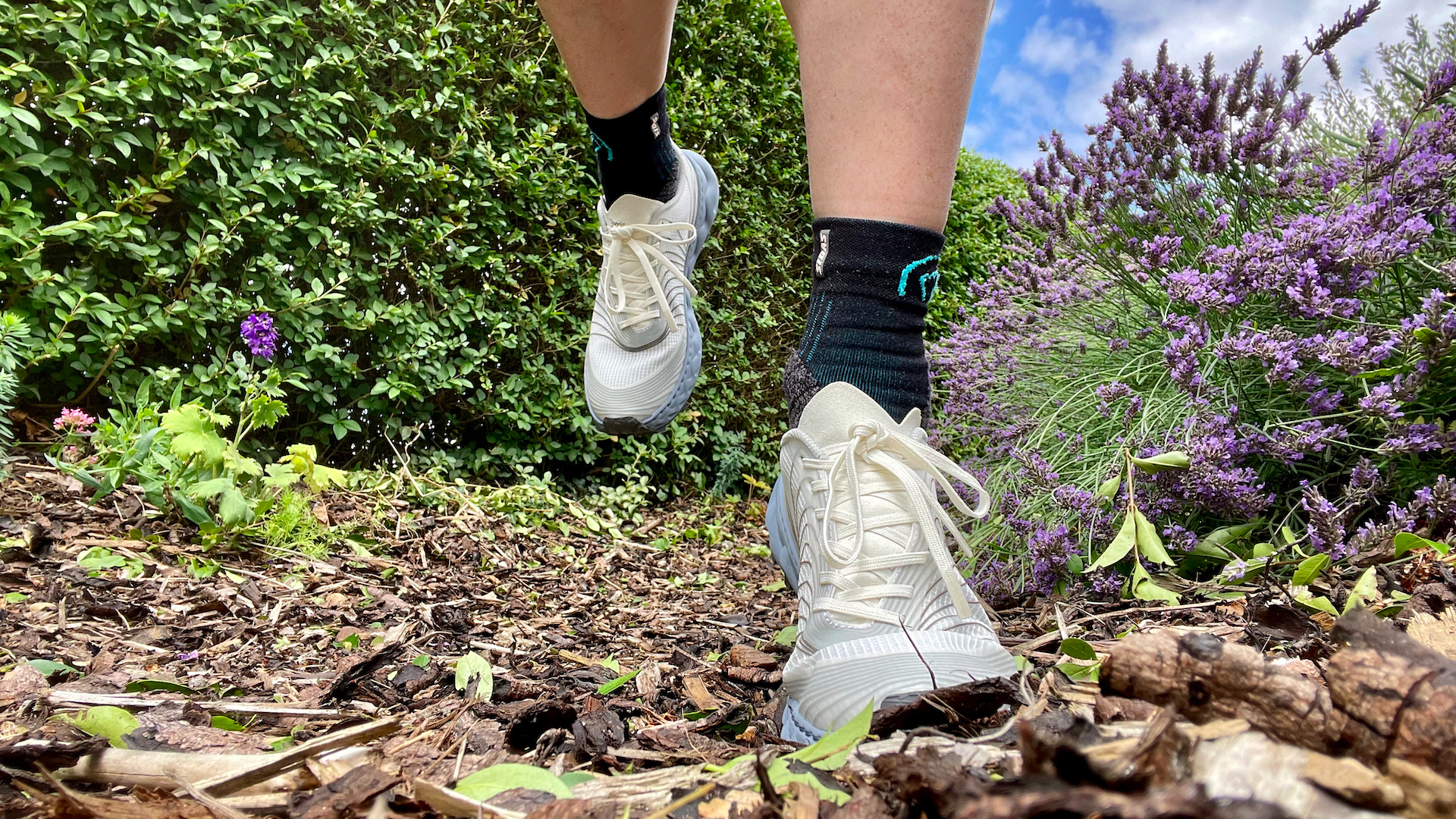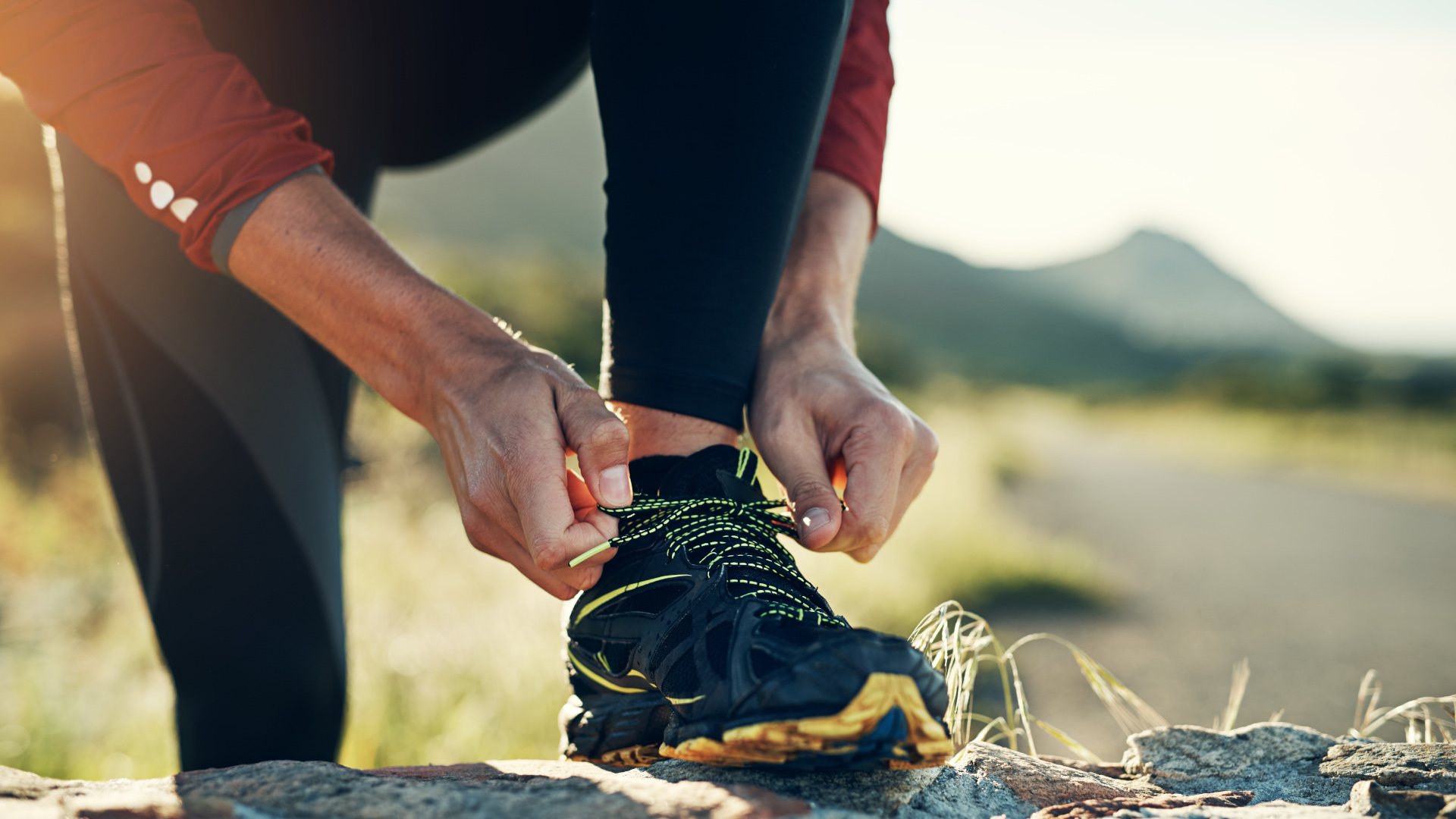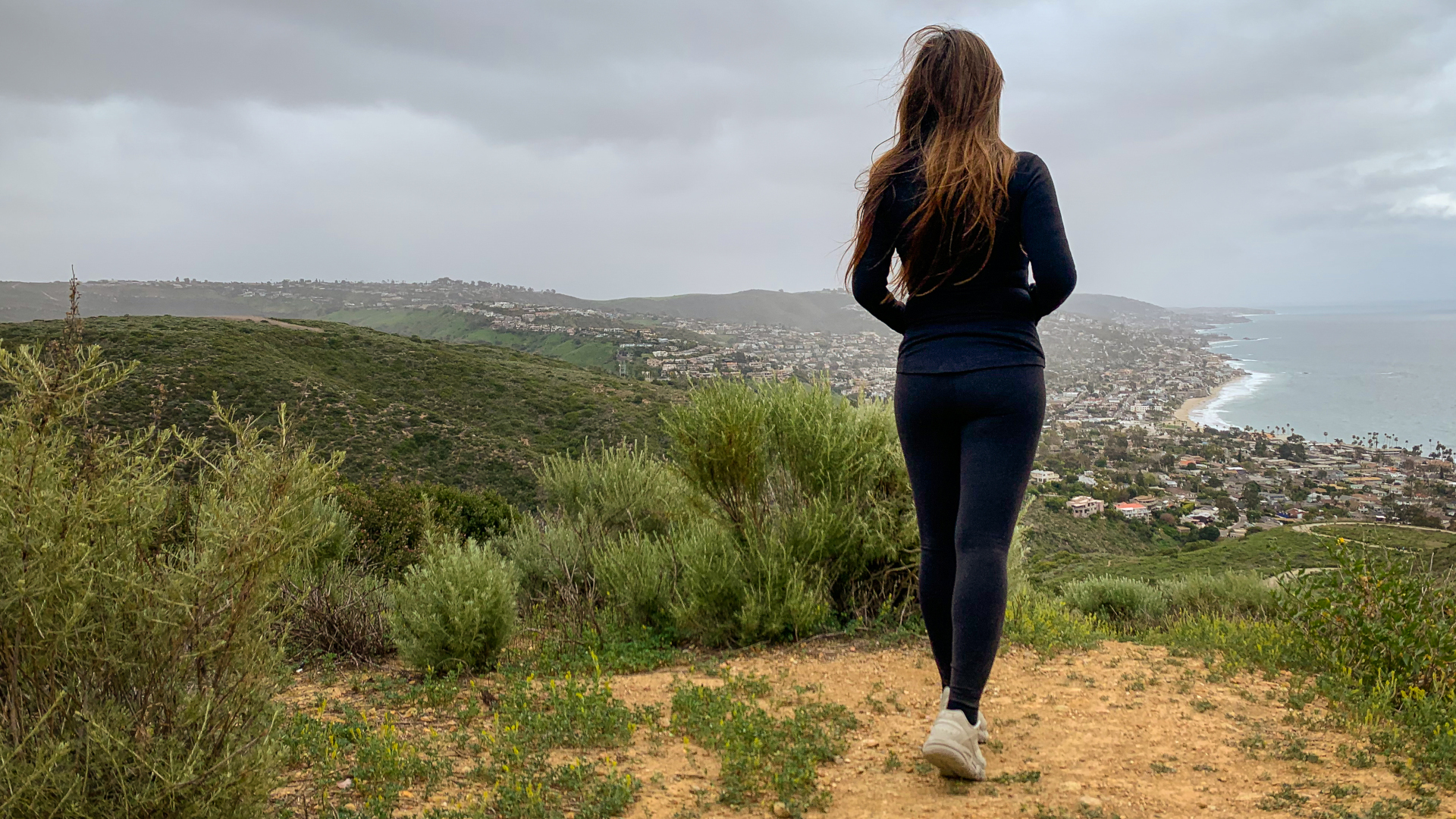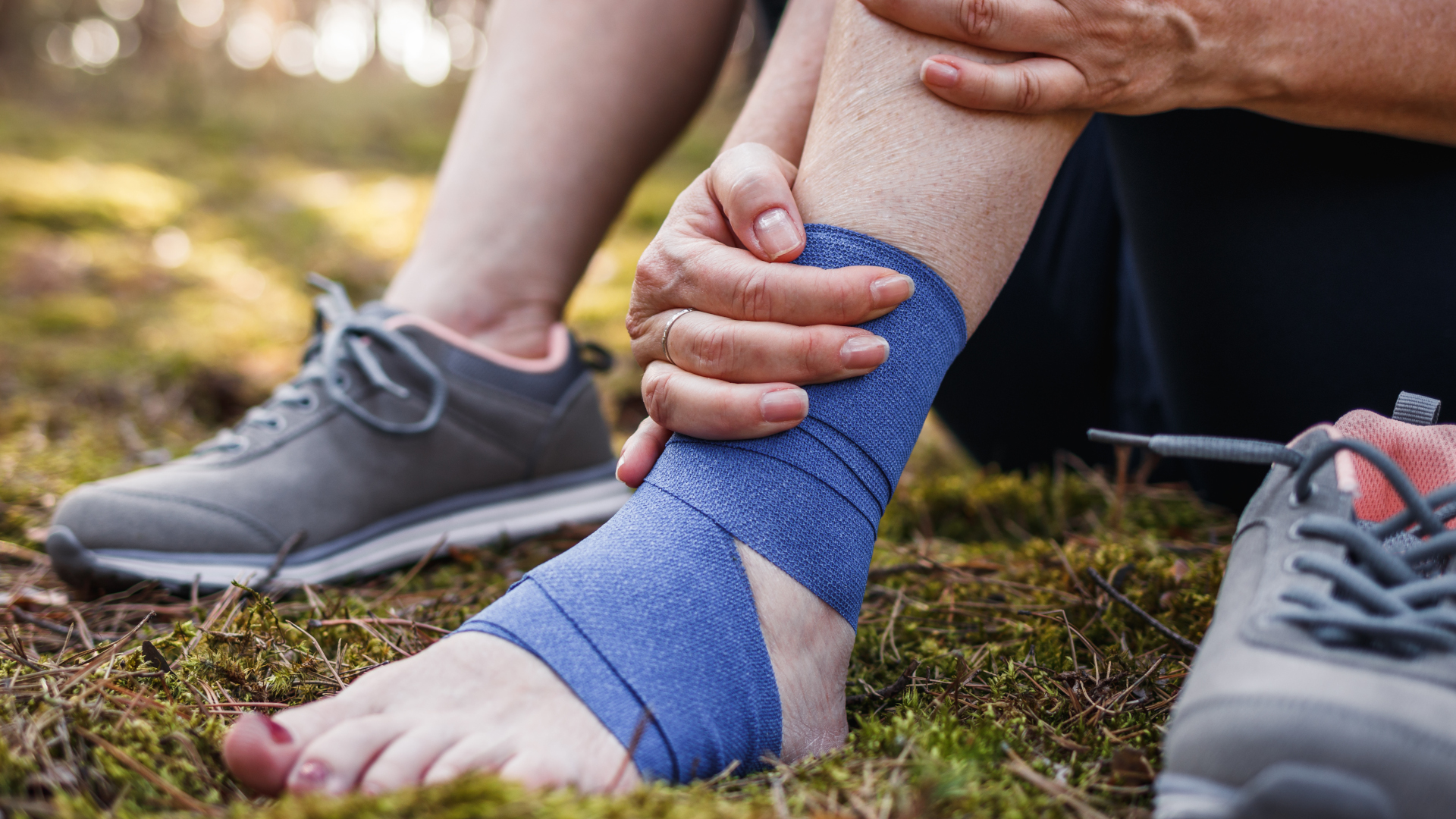Is it ever OK to hike in sneakers?
5 situations where your sneakers will probably be adequate for hiking in

Is it ever OK to hike in sneakers? Obviously, hiking purists will shriek that doing so is a crime against humanity and they’re the same type of people who will tell you that cotton kills, but I’ve hiked in sneakers countless times over the years and lived to tell the tale.
It’s not usually my intention to hike in sneakers – if I’m able to, I’m most likely going to be wearing my Helly Hansen Switchback Trail hiking boots here in Scotland, while in Colorado I opt for trail running shoes like my Merrell MTL Long Sky 2s. But before I discovered the joys of proper hiking shoes and back in the days of all hiking boots rubbing my feet beyond repair, I hiked exclusively in sneakers and never rolled an ankle or tumbled down a steep slope. Today if I’m traveling and only have a pair of sneakers with me and the opportunity presents itself, I’ll definitely wear them for an impromptu hike rather than hang out back at the hotel.
In fairness to the purists, assuming we’re talking about basic road running shoes that you might wear around town, to the gym or even on an actual run, sneakers aren’t exactly built for heavy duty use on hiking trails. The soles are usually soft and you’ll feel every sharp rock under foot. They don’t possess deep lugs that give you traction. The uppers tend to be light and breathable, providing no protection against that protruding tree root that wants to break your toe. But compared to flip flops, sneakers also aren’t the absolute worst shoes you can wear on a hike, and there are a few scenarios where they’ll probably be fine, if they’re all you’ve got.

1. When it's warm and dry
When the weather is warm and dry and has been for a while, sneakers might be fine. After all, you won’t require the insulation of a heavier boot that keeps your feet warm in winter and you might be glad to have the breathable uppers if you’re hiking in hot weather somewhere like Arizona. That said, for rainy, cold and icy conditions, sneakers won’t provide enough warmth, protection or grip to be safe.
2. When the trail isn’t too challenging
An important point of distinction is that the term ‘hiking’ really covers a broad spectrum of activities. It might involve extremely steep inclines and technical scrambling over scree and boulder fields to reach the summit of a Colorado 14er, in which case wearing sneakers with inadequate grip could prove fatal. Then again, it could mean a saunter on a well-maintained coastal path where there isn’t much elevation gain at all and certainly no scrambling, in which case sneakers really might be fine.

3. And the conditions aren’t treacherous
In addition to details of the trail such as elevation and terrain, you’ll also need to consider the trail conditions. Your sneakers can probably handle a wide gravel road or grass or dirt path that is fairly well-maintained, but throw in roots and rocks that you can stub a toe on, or mud and ice that has you slipping and sliding all over the place, and suddenly you’ll be wishing for different shoes. Not only is that not very fun, you can get hurt, or stuck, without footwear that has soles meant for hiking. Check recent trip reports and know what the weather has been like recently before setting off in sneakers.
4. When you don’t need ankle support
It’s not been scientifically proven that everyone needs ankle support for hiking, or even how much support hiking boots really provide, but what’s for sure is that sneakers don’t have any. If you’re setting off on uneven terrain and worrying about a sprained ankle, a pair of sneakers won’t bring you any peace of mind.
Advnture Newsletter
All the latest inspiration, tips and guides to help you plan your next Advnture!

5. For shorter hikes
Not all hikes come in epic proportions. For the occasional shorter (say, three miles or less) hike, sneakers are probably fine, so long as your trail also meets the other criteria on this list. But even for a fairly mellow hike, once the mileage starts to stack up, the soft foam soles of your sneakers might leave you with achey, tired feet faster than a pair of hiking shoes.
Tips for hiking in sneakers
If you're planning on hiking in sneakers, there’s a few things to know. First, learn how to choose a hiking trail so you can verify that your shoes will be adequate for the trail, and know that your blinding white sneakers probably won’t look so crisp at the end of the day, so consider wearing an older or darker pair.
If you have a couple to choose from, wear a pair that have thicker foam soles rather than race-day shoes, so that you have a little protection from sharp rocks. That said, be aware that chunky rocker soles can make you a little unstable and can be a recipe for a turned ankle.
If the weather is quite warm, you’ll want a pair with nice, breathable mesh uppers rather than leather or faux-leather. Finally, if you’re going to be hiking a lot, consider instead a pair of trail running shoes, which look and feel like a sneaker, but afford your toes and feet better protection, come with stiff sole and deep lugs meant for rocky trails and some even come in waterproof design.
Julia Clarke is a staff writer for Advnture.com and the author of the book Restorative Yoga for Beginners. She loves to explore mountains on foot, bike, skis and belay and then recover on the the yoga mat. Julia graduated with a degree in journalism in 2004 and spent eight years working as a radio presenter in Kansas City, Vermont, Boston and New York City before discovering the joys of the Rocky Mountains. She then detoured west to Colorado and enjoyed 11 years teaching yoga in Vail before returning to her hometown of Glasgow, Scotland in 2020 to focus on family and writing.

